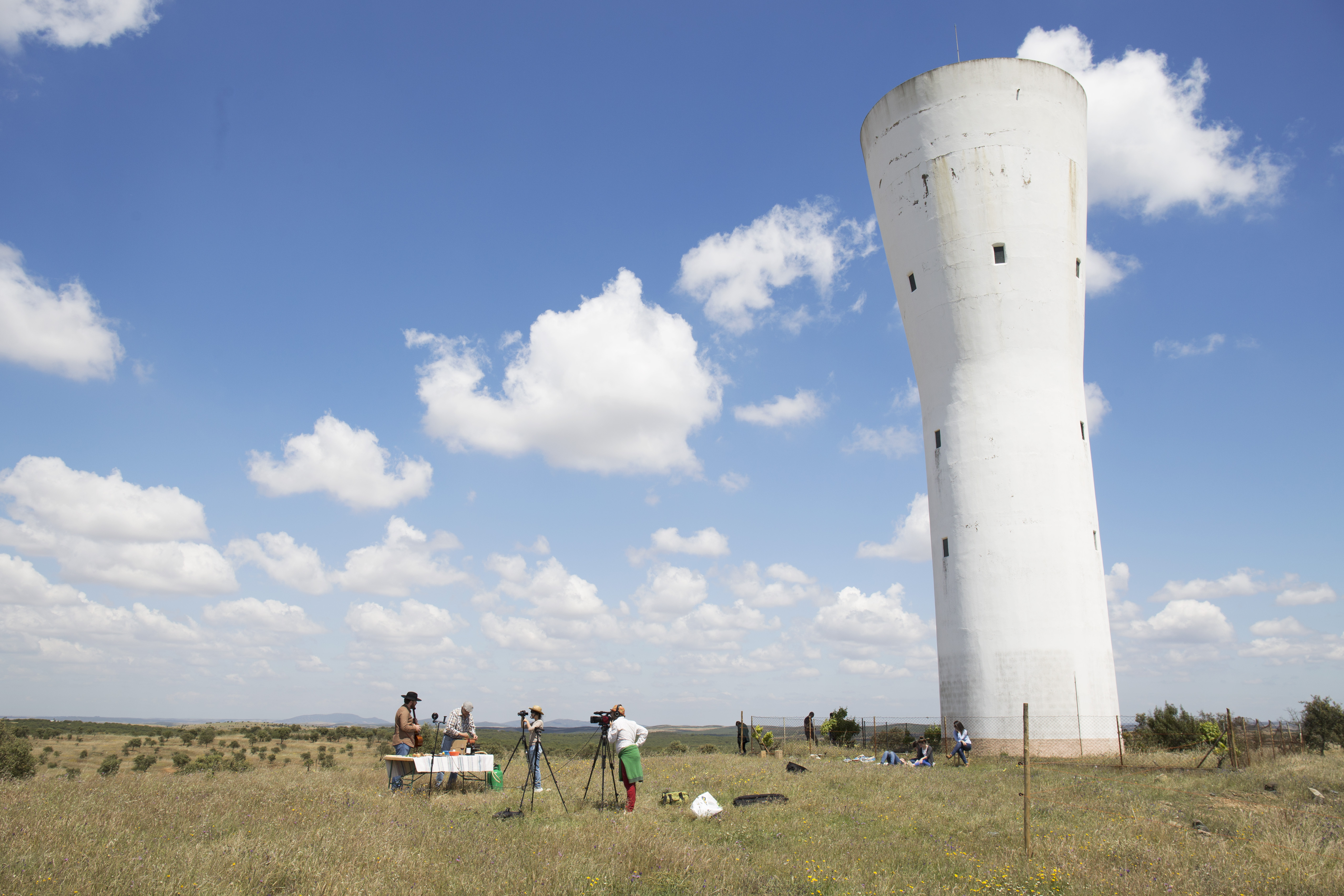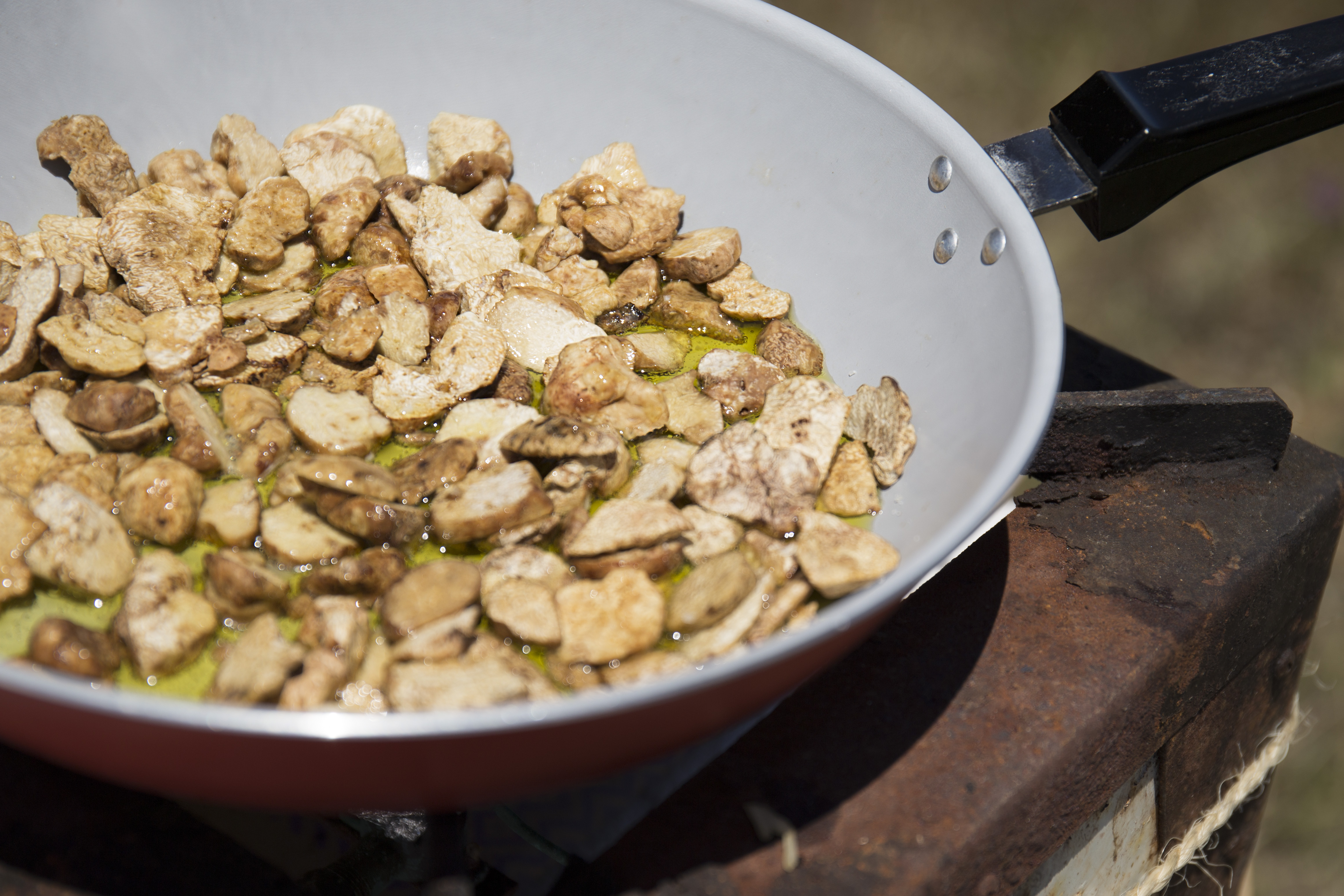The truth is that, despite great geological variety and countless micro-climates, nowhere in Portugal can we find conditions conducive to the spontaneous growth of truffles (soils with high pH levels that facilitate the growth of oak, chestnut or hazelnut trees, whose root systems host the symbiotic mycorrhizal of truffle hyphae). End of discussion. Turning our attention to tubers once more, these underground fungi, of which the most common species in Portugal are Terfezia arenaria and Terfezia leptoderma, are much appreciated (both cooked and raw) by the rural populations where they are found. Depending on the region and cultural context, the names given to them include: Alegria da Santa Luzia, Batata da Terra, Criadilha, Maravilha, Regota, Reigota, Reinota, Renota, Atúbra, Tubara and Tubera.
It is also worth mentioning that when potatoes appeared on the Iberian Peninsula in the first quarter of the 16th century, they were associated with the “criadillas they were similar to”.
Picked by Jacinto Fatana and Senhor Isidro, using a secret “precept”, passed from generation to generation, and which involves detecting the presence of a certain plant in the woods (), the use of a hoe and the occasional help of a clever dog or two, the “atúbras” we found in Aldeia de Sete, belong to the Terfézia leptoderma species. These are more angular in appearance as they grow in rocky soil, with a darker and more streaky interior than Terfézias arenaria, which are larger and rounder, and found in sandy soils. The quality of Senhor Inácio’s free range eggs inspired me to make a túberas de molho amarelo (tubers in yellow sauce), a staple recipe from well-to-do Alentejo houses that is reminiscent of fricassés. Enjoy!
Chef André Magalhães









